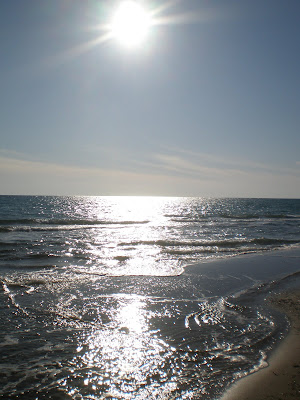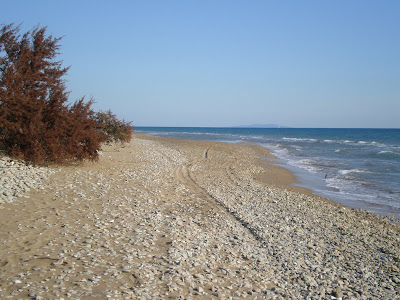As you enter the property, the whole place looks more than a beautiful garden than a cemetery. The cemetery is gracely blossomed all year long with a great variety of flowers, bushes and trees. There is also a small basin with goldfishes and water lillies. The cemetery is crossed by a slight ascending road, on which someone can spot many types of flora, like the anemones, marguerites and the famous orchids.
As you enter, you can see at the left the older graves. In the middle of them, there is the Ossuary. The bones of the anonymous people had been interred in that monument. It should be noted, that during the British occupation, there were four cemeteries for the dead british people: this one, the cemetery at the Lazaretto (a small island near Vido, where, during the Venetian times, all people infected with leprosy had been carantined there), one on the spot where the Corfu Palace Hotel is now located and a fourth one on the east side of Vido island. All those cemeteries had been shut down after the end of the British occupation (1864) and the bones were transferred into the bigger cemetery left, the one on San Salvatore hill.
There are nearly 500 graves in the cemetery. It is still being used as a cemetery for the Agglican residents of Corfu. Among the most notable graves are: John Connors' grave, died in 1857, a british official honored by Queen Victoria, the monument of the seamen of HMS Saumarez and HMS Volage, which ships mined by the Albanias in 1946 (known as " The Corfu channel incident) and the graves of the officials of Leucada (former name: Santa Maura).
Many people visit the cemetery, not only to visit the graves of their ancestors, but also to admire the monuments, the flora and the serenity of the place. A notable visitor was King George the Second of Greeks, who loved having his walk on this grounds.
The cemetery is being administered by the Commonwealth War Graves Commision and by mr. Georgios Psailas, the keeper of the property.
Photogallery:
















































